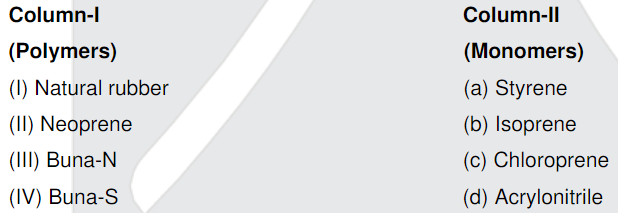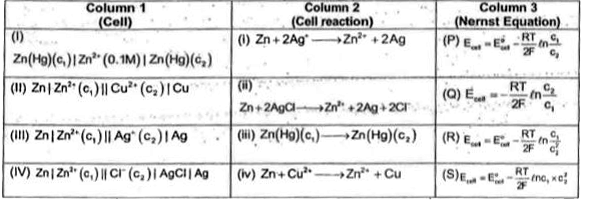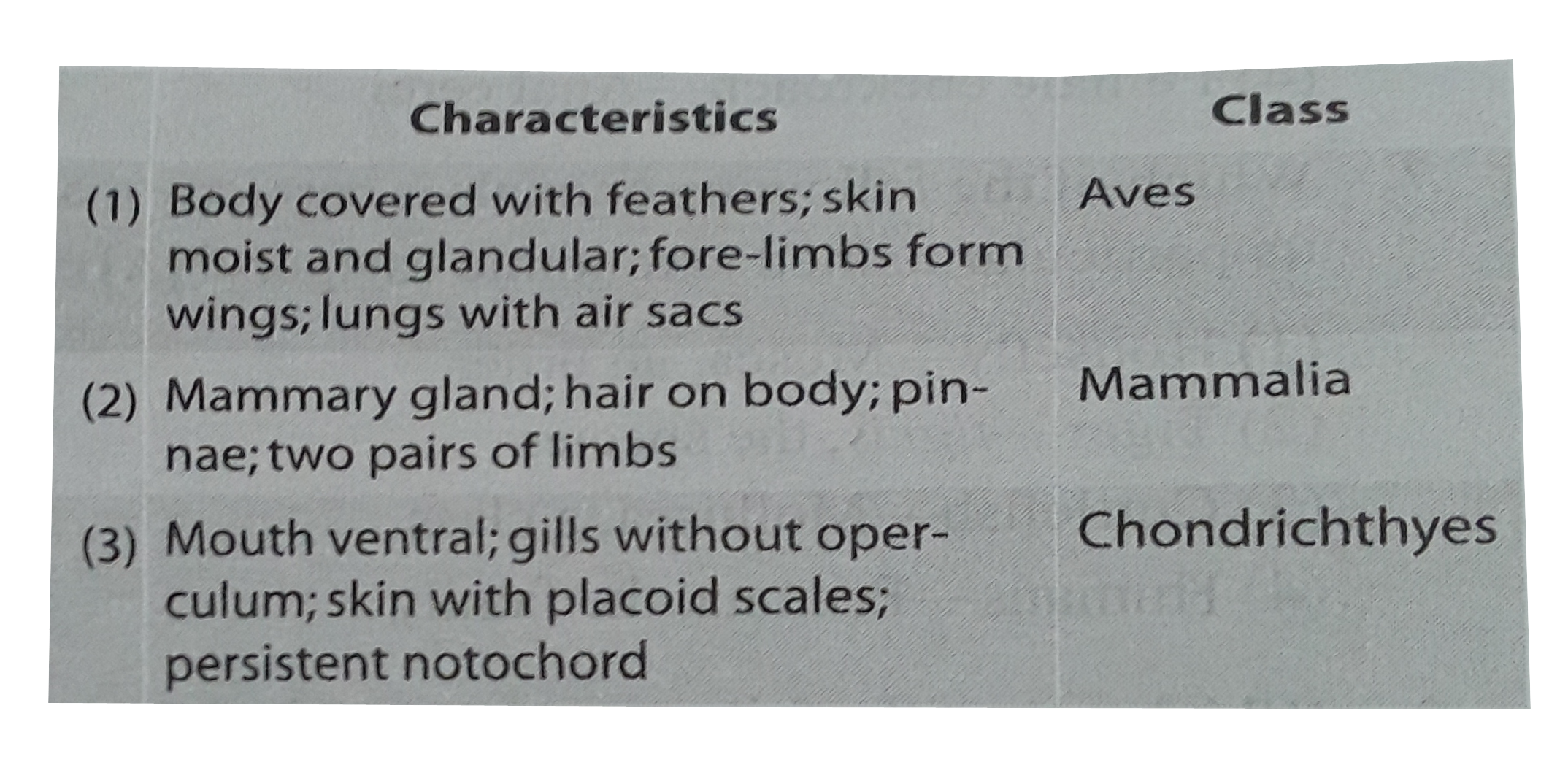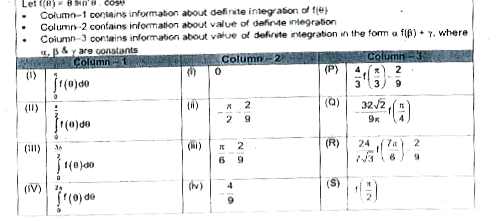Which of the following represents the correct combination without any exception?
CharacteristicsClassSucking and circular mouth, jaws absent, integumnet without scales, paired appendagesCyclostomata
CharacteristicsClassBody covered with feathers, skin moist and glandular fore-limbs form wings, lungs with ait sacsAves
CharacteristicsClassMammary glands,hair on body, pinnae, two pairs of limbsMammalia
CharacteristicsClassMouth ventral, with feathers, gills without operculum, skin with placoid scales, persistent notochordChondrichthyes
The correct Answer is:A
To solve the question regarding which combination represents the correct classification in the animal kingdom without any exceptions, we will analyze each option step by step.
1. Understanding Cyclostomata (Option A):
- Cyclostomata are jawless fish, also known as Agnatha.
- They possess a sucking, circular mouth, lack jaws, have an integument without scales, and have paired appendages.
- Examples include Petromyzon (lamprey) and Myxine (hagfish).
- Since all characteristics listed in this option are true for all members of Cyclostomata, this option is correct.
2. Analyzing Aves (Option B):
- Aves (birds) are characterized by having feathers.
- The option states that they have moist skin and glandular forelimbs that form wings.
- While the presence of feathers is true, birds have dry skin, not moist skin.
- Therefore, this option is incorrect due to the moist skin claim.
3. Examining Mammalia (Option C):
- Mammals are characterized by having mammary glands, hair on the body, pinnae (external ears), and two pairs of limbs.
- However, not all mammals have pinnae (e.g., some species of mammals like certain whales do not have external ears).
- Thus, this option is also incorrect due to the exception regarding pinnae.
4. Evaluating Chondrichthyes (Option D):
- Chondrichthyes includes cartilaginous fish such as sharks and rays.
- The option states that they have a ventral mouth, gills without operculum, skin with placoid scales, and a persistent notochord.
- While the mouth being ventral, the presence of gills without operculum, and placoid scales are true, the mention of feathers is incorrect as Chondrichthyes do not have feathers.
- Therefore, this option is also incorrect.
Conclusion:
The only option that represents a correct combination without any exceptions is Option A (Cyclostomata).
- Cyclostomata are jawless fish, also known as Agnatha.
- They possess a sucking, circular mouth, lack jaws, have an integument without scales, and have paired appendages.
- Examples include Petromyzon (lamprey) and Myxine (hagfish).
- Since all characteristics listed in this option are true for all members of Cyclostomata, this option is correct.
- Aves (birds) are characterized by having feathers.
- The option states that they have moist skin and glandular forelimbs that form wings.
- While the presence of feathers is true, birds have dry skin, not moist skin.
- Therefore, this option is incorrect due to the moist skin claim.
- Mammals are characterized by having mammary glands, hair on the body, pinnae (external ears), and two pairs of limbs.
- However, not all mammals have pinnae (e.g., some species of mammals like certain whales do not have external ears).
- Thus, this option is also incorrect due to the exception regarding pinnae.
- Chondrichthyes includes cartilaginous fish such as sharks and rays.
- The option states that they have a ventral mouth, gills without operculum, skin with placoid scales, and a persistent notochord.
- While the mouth being ventral, the presence of gills without operculum, and placoid scales are true, the mention of feathers is incorrect as Chondrichthyes do not have feathers.
- Therefore, this option is also incorrect.
The only option that represents a correct combination without any exceptions is Option A (Cyclostomata).
Similar Questions
Knowledge Check

Which of the following is not correct combinationA(IV) (iii) (Q)B(i) (ii) (R)C(III) (i) (S)D(II) (iv) (P)Which of the following combinations is correct ?
AUrms∝√TandUrms∝√MBUrms∝√TandUrms∝1√MCUrms∝1√TandUrms∝1√MDUrms∝1√TandUrms∝√M
Which of the following combination is correct:AI-b, II-c, III-d, IV-aBI-c, II-b, III-d, IV-aCI-b, II-C, III-a, IV-dDI-d, II-b, III-c, IV-a

Which of the following combination is correct:
View Solution

Which of the following combination is correct ?
View Solution
Which of the following combination is correct?
View Solution
Which of the following combination is correct?
View Solution
Which of the following combination is correct?
View Solution



